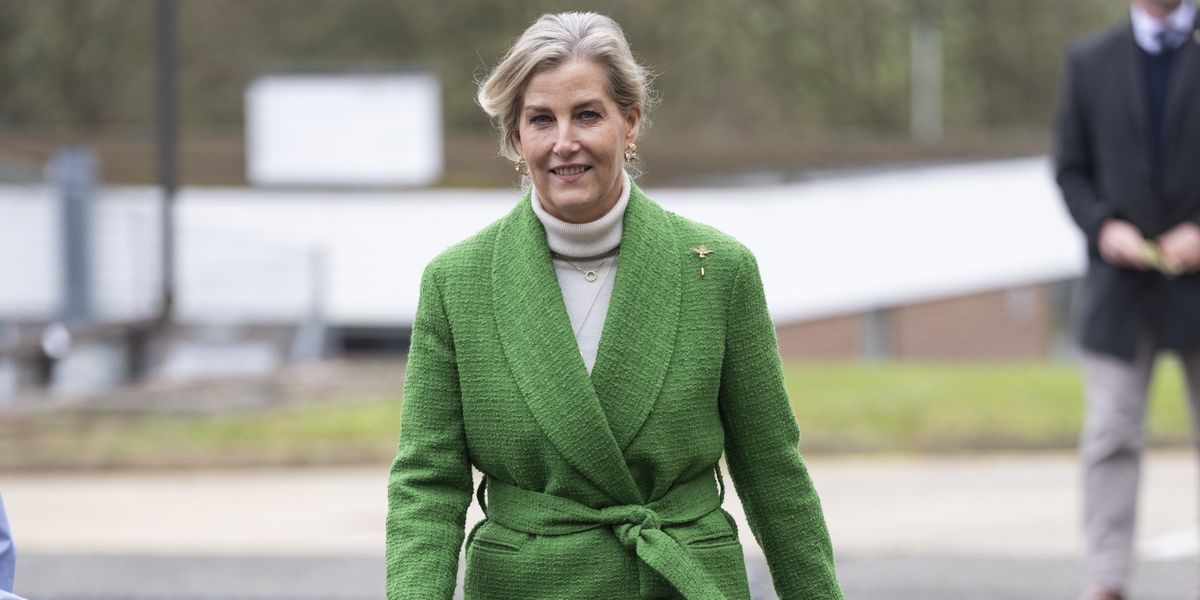No Valentine’s Day would be complete without a box of chocolates to gift your loved one.
But experts warn that climate change is now threatening this romantic tradition by making cocoa scarcer and more expensive.
Rising temperatures and erratic rainfall have ‘hammered’ cocoa harvests in Ghana and Côte d’Ivoire, Cameroon and Nigeria, according to a new report from Christian Aid.
These four West African countries are responsible for producing approximately 70 per cent of the world’s cocoa, the key ingredient in chocolate.
Cocoa prices have risen 400 per cent to $12,218 (£9,800) per ton after droughts, floods and climate-related diseases hit west African cocoa farmers last year, it says.
Higher temperatures and more irregular rainfall make growing conditions less than ideal for the cocoa tree, which relies on finely-tuned conditions to thrive.
Osai Ojigho, director of policy and public campaigns at Christian Aid, said climate change is ‘causing havoc’ to chocolate production.
‘Growing cocoa is a vital livelihood for many of the poorest people around the world and human caused climate change is putting that under serious threat,’ she said.
Our Valentine’s Day box of chocolates is under threat due to extreme weather in the world’s key cocoa growing regions leading to spiking cocoa prices and an uncertain future for cocoa growers (file photo)

This map indicates number of days above 89.6°F (32°C) added by climate change in major West African cacao-growing regions in 2024 – Côte d’Ivoire, Ghana, Nigeria and Cameroon
Humanity’s love for chocolate relies on the cocoa tree (Theobroma cacao), which thrives under specific conditions such as high humidity and abundant rain.
That’s why production of cocoa is limited to the tropics – the hot, humid region of the Earth that surrounds the equator.
Even then, a few countries dominate commercial production, including Ghana and Côte d’Ivoire, Cameroon and Nigeria in west Africa, Indonesia in Asia and Ecuador in South America.
Globally, Ghana and Côte d’Ivoire are the top producers, together accounting for about 58 per cent of the world’s cocoa, while African countries account for more than 70 per cent of the world’s cacao crop.
Christian Aid’s new report warns that extreme weather last year caused failed harvests in west Africa, making temperatures too hot for cocoa growing.
In 2024, human-caused climate change added at least three weeks above 89.6°F (32°C) annually during the main cacao crop season (October-March) in Côte d’Ivoire and Ghana – above the optimal temperature range for the tree.
Over the same time period, climate change added just over two weeks above 32°C annually during the main crop season in Cameroon and more than one week in Nigeria.
The report says we are already in a cocoa shortage which started in 2023, due to unexpectedly heavy rainfall during Ghana’s dry season followed by severe drought in 2024.

Human-caused climate change is causing hotter temperatures to become more frequent in the four West African countries (Ghana and Côte d’Ivoire, Cameroon and Nigeria) responsible for producing approximately 70 per cent of the world’s cacao, the key ingredient in chocolate.

These maps show suitability for cocoa cultivation in the current day (left) and projected for 2050 (right). Note the diminishing green areas described ‘excellent’

Production of cacao – the raw, unprocessed version of cocoa – is limited to the tropics and, even then, a few countries dominate commercial production. This map shows cocoa bean production measured in tonnes in 2022 with blue countries at the higher end (over 200,000 tonnes)
Total precipitation in west Africa in 2023 was more than double the 30-year average for the time of year and the wet conditions caused plants to rot.
Meanwhile, Ghana’s 2024 drought affected more than 1 million people, resulting in terrible crop losses and record-high food prices, the UN said
According to a prior study by World Weather Attribution, climate change made the heatwave in west Africa 10 times more likely.
The new report also says changing climatic conditions may adversely affect the tiny midge pollinators which cacao trees rely on to fertilize their flowers.
But our favourite chocolate bars, boxes and truffles are often also manufactured using other tropically-produced commodities, such as sugar, soy and sometimes palm oil, each of which ‘has its own climate-related supply chain vulnerabilities and wider environmental impacts’, the report says.
What’s more, the ongoing issue of deforestation means farmers do not have as much suitable land to grow cocoa.
Côte d’Ivoire and Ghana, for instance, lost 25 per cent and 8 per cent respectively of their humid forests where the tree thrives between 2002 and 2019, says Cocoa Life.
Worryingly for the industry, the anticipated loss in cocoa yields is set to coincide with a increase in demand for chocolate, the report also warns.

The vast majority of the UK’s chocolate comes from farms in Ghana (pictured) or Ivory Coast where a combination of wet heatwaves and drought have drastically reduced crop yields

Cacao plants can only grow within approximately 20 degrees north and south of the equator – and they thrive under specific conditions such as high humidity and abundant rain
In 2024, the global chocolate market is said to have been worth $109 billion (£87 billion), but is estimated to grow to $145 billion (£116 billion) by the end of this decade.
The root cause of the crisis is burning fossil fuels for energy, such as – namely oil, coal, and natural gas (mostly made up of methane).
Countries should instead switch to more eco-friendly energy sources, such as wind, solar and bioenergy (organic matter burned as a fuel).
‘Chocolate and the livelihoods that depend on it are at risk from this changeable, extreme weather caused by rising greenhouse gas emissions,’ the report reads.
‘Ultimately, we need to see emissions reduced to halt the impact of climate change and in the meantime financial support should be provided for cocoa farmers to help them adapt and diversify their incomes.’












